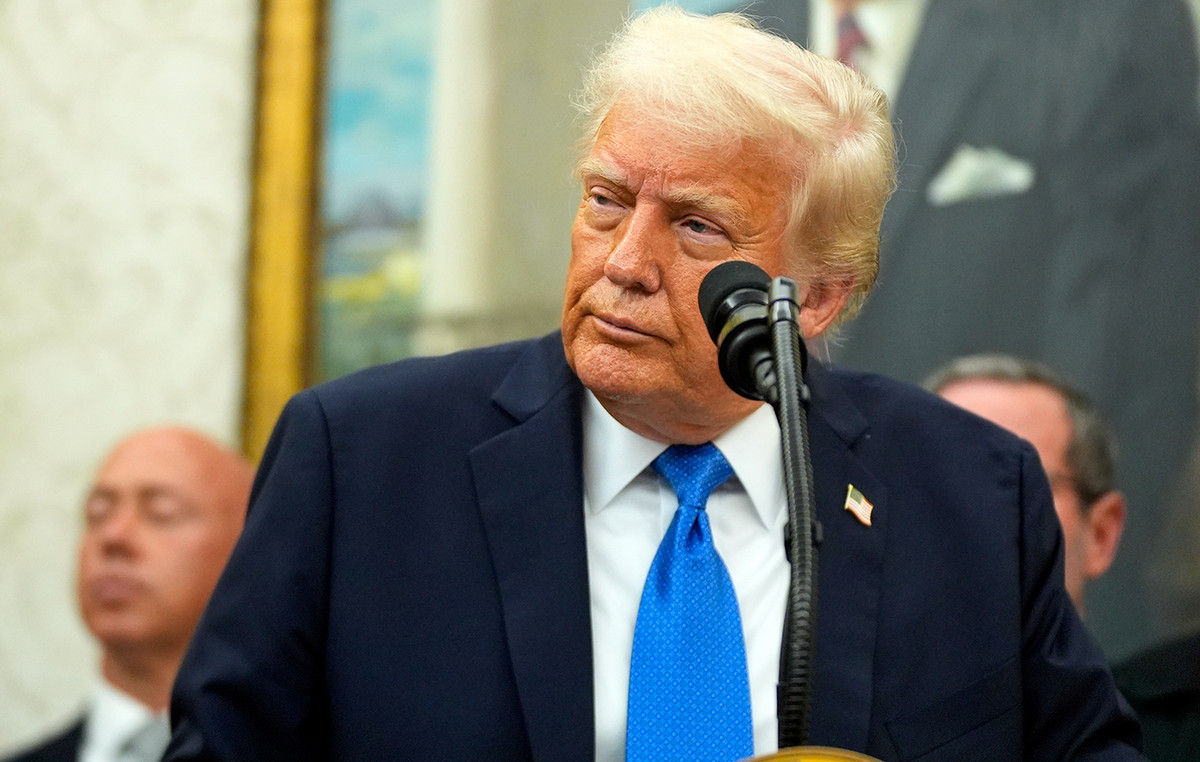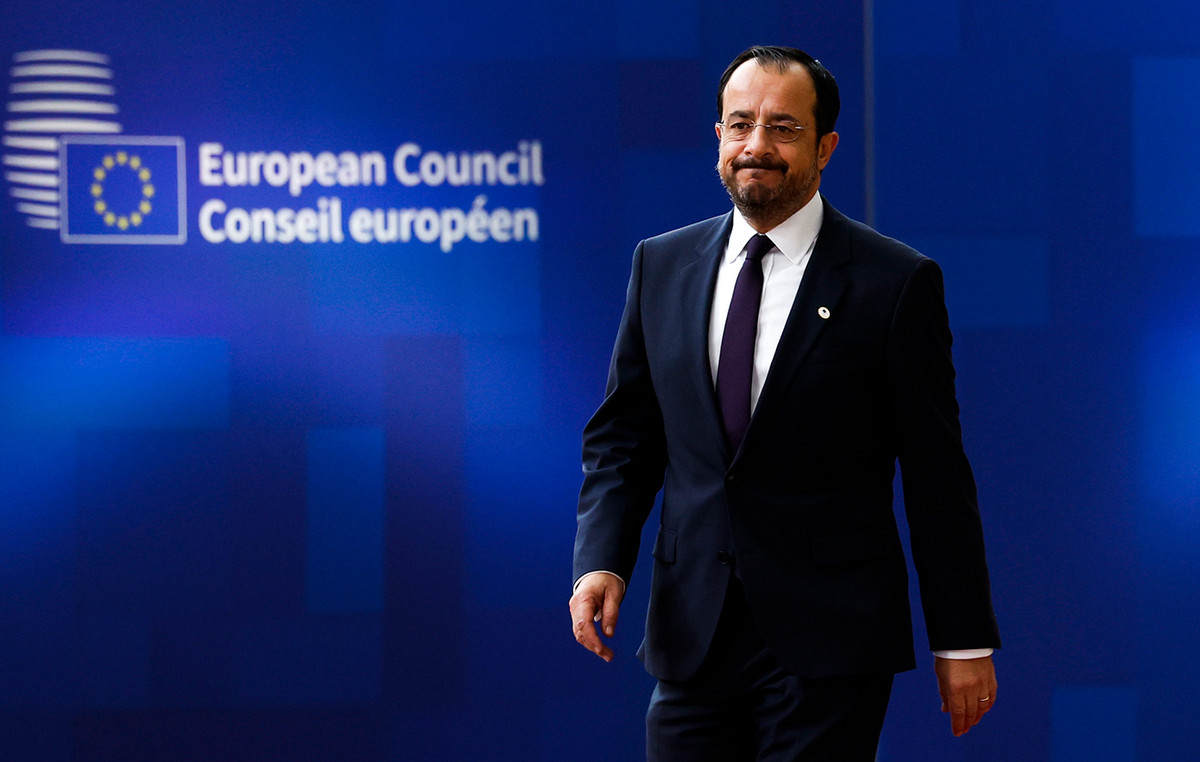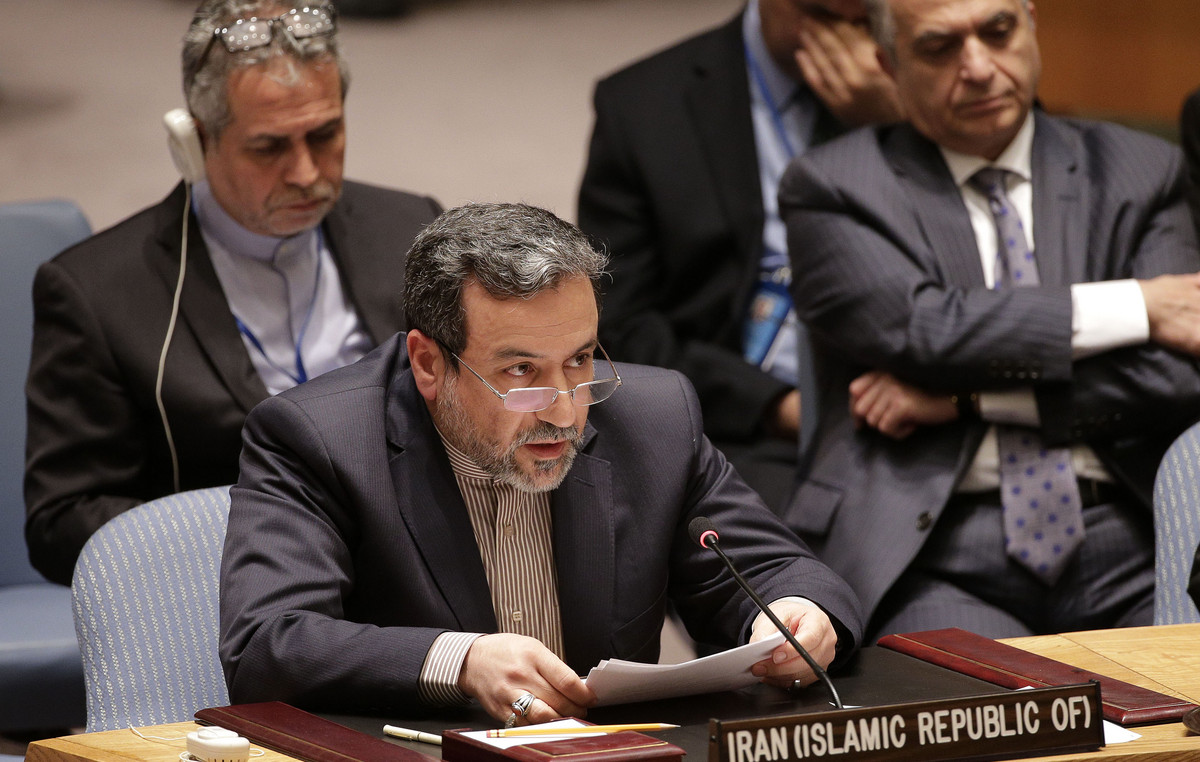- The Mexican peso will remain weak after Banxico’s moderate stance.
- The upward trend in Mexican Industrial Production stopped after two months of continuous improvement.
- Federal Reserve Chairman Jerome Powell commented that the Fed would not hesitate to adjust its monetary policy.
He Mexican peso (MXN) appreciates against the US Dollar (USD), despite hitting a weekly low of 17.93, as shown by the USD/MXN due to hawkish comments from US Federal Reserve (Fed) Chairman Jerome Powell. However, a drop in US bond yields, coupled with Wall Street’s upbeat tone, lifted the peso from its daily lows. The pair is trading at 17.72, losing 0.45% on the day.
Mexico’s economic agenda on Thursday saw Banxico keep interest rates at 11.25%, justifying that inflation remains high and declaring that for “some time,” rates would have to remain at current levels. The Mexican central bank’s language was less aggressive, stating that “to achieve an orderly and sustained convergence of headline inflation toward the 3% target, the reference rate must remain at its current level for some time.” This restatement eliminated the past statement that it would maintain rates “for an extended period.”
Meanwhile, Fed Chair Jerome Powell took a hawkish line, saying officials “are not confident” that monetary policy will be tight enough, while adding: “If it becomes appropriate to further tighten monetary policy policy, we will not hesitate to do so.”
Aside from this, Mexico’s economic agenda included Industrial Production, which surprisingly slowed more than estimated and remained above the 4% threshold. Additionally, the Consumer Price Index (CPI) rose 0.46% month-on-month and 1.35% year-on-year, compared to last year’s figures of 0.27% and 7.07%, respectively. In the United States, Consumer Sentiment deteriorated, while inflation expectations rose.
In October 2023, the total INPP, including oil, increased by 0.46% at a monthly rate and 1.35% at an annual rate. In the same month of 2022, it decreased 0.27% at a monthly rate and had an increase of 7.07% at an annual rate.
Daily summary: The Mexican Peso recovers ground due to the weakness of Mexican Industrial Production
- Industrial Production in Mexico cooled, revealed the National Institute of Statistics (INEGI). The figure was 3.9% year-on-year in September, below the forecast of 4.4% and down from 5.2% in August.
- The University of Michigan Consumer Sentiment Index slowed in October to 60.4, below forecasts and the previous month’s readings of 63.7 and 63.8, respectively.
- Americans expect inflation to continue rising, seeing one-year prices at 4.4%, up from 4.2% in August, and the five-year average at 3.2%, up from 3%.
- On Thursday, Mexico’s inflation grew 4.26% year-on-year in October, below forecasts of 4.28%, and the previous reading was 4.45%. In monthly terms, inflation rose 0.39%, slightly above the consensus of 0.38% and 0.44% in September.
- Initial claims for jobless benefits in the United States for the week ending November 4 increased by 217,000, below estimates of 218,000 and 220,000 last week.
- Fed officials continued to send mixed signals, as the Philadelphia Fed’s Patrick Harker stressed that rates need to stay higher for longer. On the contrary, Goolsbee, of the Chicago Fed, was moderate about the risk of rates being exceeded.
- Money market futures have priced in a 25 basis point rate cut by the Federal Reserve in July 2024.
- Mexico’s economy remains resilient after S&P Global’s October manufacturing PMI improved to 52.1 from 49.8, and gross domestic product (GDP) expanded 3.3% year-over-year in the third quarter.
- Banxico revised its inflation forecasts from 3.50% to 3.87% for 2024, which remains above the central bank’s target of 3.00% (plus or minus 1%).
Technical Analysis: The Mexican Peso collapses further before the appearance of the Golden Cross, the USD/MXN extends its gains
USD/MXN changed from neutral bias to bullish neutral bias as buyers broke out from below the 200-day SMA at 17.67 and lifted the pair over 1.60% from Thursday’s open. Notably, the 50-day SMA is above the 200-day SMA, suggesting that a golden cross formed a bullish signal. Therefore, the pair could gain some steam as buyers have the upper hand, but must first break the 20-day SMA at 17.93, putting the psychological threshold of 18.00 into play.
Conversely, key support levels lie at the 50-day and 200-day SMA at 17.00 and 17.67 respectively, followed by Monday’s low at 17.40 and the 100-day SMA at 17.33. A break of the latter will expose the 17.00 figure before the pair aims to test the year-to-date low of 16.62.
Banxico FAQ
What is the Bank of Mexico?
The Bank of Mexico, also known as Banxico, is the country’s central bank. Its mission is to preserve the value of the Mexican currency, the Mexican peso (MXN), and set monetary policy. To do this, its main objective is to maintain low and stable inflation within the set levels – at or near its target of 3%, the midpoint in a tolerance band between 2% and 4%.
How does the monetary policy of the Bank of Mexico influence the Mexican peso?
Banxico’s main tool to guide monetary policy is the setting of interest rates. When inflation is above the target, the bank will try to tame it by raising rates, which makes borrowing more expensive for households and companies and thus cools the economy. Higher interest rates are generally positive for the Mexican peso (MXN), as they translate into higher yields, making the country a more attractive place for investors. On the contrary, lower interest rates tend to weaken the MXN. The rate differential with the USD, or how Banxico is expected to set interest rates compared to the US Federal Reserve (Fed), is a key factor.
How often does the Bank of Mexico meet throughout the year?
Banxico meets eight times a year, and its monetary policy is greatly influenced by the decisions of the US Federal Reserve (Fed). For this reason, the central bank’s decision-making committee usually meets a week after the Fed. In this way, Banxico reacts and sometimes anticipates the monetary policy measures established by the Federal Reserve. For example, after the Covid-19 pandemic, before the Fed raised rates, Banxico did so first in an attempt to reduce the chances of a substantial depreciation of the Mexican peso (MXN) and avoid capital outflows that could destabilize the country.
Source: Fx Street
I am Joshua Winder, a senior-level journalist and editor at World Stock Market. I specialize in covering news related to the stock market and economic trends. With more than 8 years of experience in this field, I have become an expert in financial reporting.







